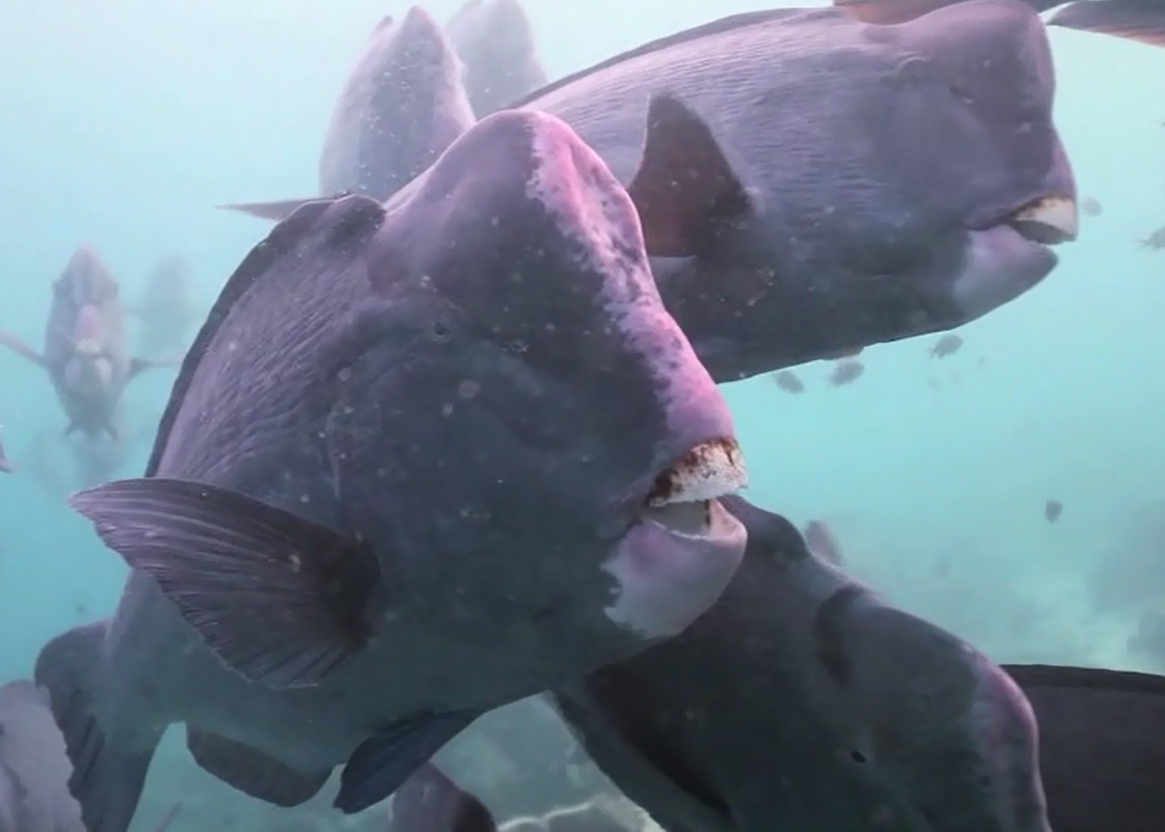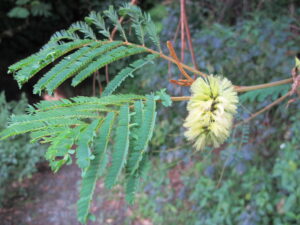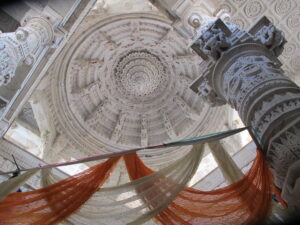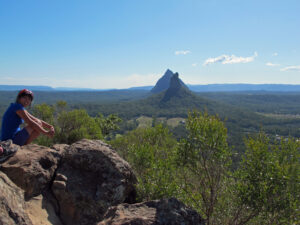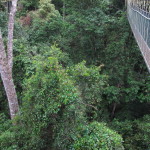
High up in the treetops of Taman Negara National Park (literally National Park National Park), you can bounce along a series of narrow rope walkways amid primordial rainforest. Built as a tourist attraction, it’s the longest suspension bridge or canopy walkway in the world – or so the brochures proclaim.
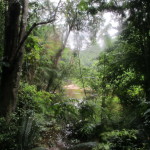
But the real treasure grows around you and below under the canopy, a wilderness hardly touched since it formed over 100 million years ago. So many rainforests in other parts of Malaysia and Indonesia have yielded to palm oil plantations or other human activity, but in this hilly landscape – and numerous other national parks – the land just proved inhospitable to growing anything humans wanted.
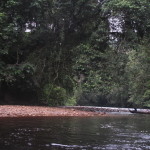
As a result, even today we can wander above the prehistoric like a tourist. Even better, we could trek along the rough trails and camp within the age-old terrain. We could head up the tannic rivers on shallow-drafting longboats to see the most expensive fish in the world, the Malaysian mahseer, or swim the swift currents under waterfalls.
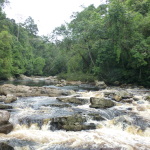
Here on the Malay peninsula as well as under the water and across the sea in Malaysian Borneo we found the wild Malaysia not to be missed.
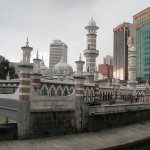
And that’s not to demean the cities, which can be a treat. We did not see Penang, which is reputedly delightful, But, in Kuala Lumpur, you can savor a sophisticated fusion of east and west: iconic skyscrapers like the Petronas twin towers alongside the 150 year old shophouses of merchants then and now; the glamour and commercialism of malls alongside the smells and sights of street life; monorails and seemingly limitless new construction alongside old colonial structures.
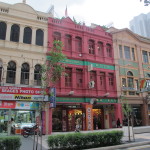
And it’s no wonder: according to the World Bank, Malaysia exceeds all East Asian countries in income per person except Korea and Japan, a measure which has grown faster than those in the last 20 years.
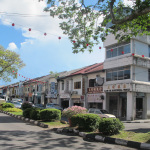
By contrast, the small city of Kuching in Sarawak Borneo thrives along its graceful waterfront, where high-rise hotels abut food hawkers and stalls, and everyone seems to eat open-air in the kopitiams (food courts) just off the street. The charm of Kuching’s central streets comes from blocks and blocks of colorful two-story shophouses that have survived time and new forms of trade. They make the place coherent in style, but not relentlessly so.
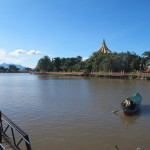
Beyond the town center, two distinct cultures have formed unique living patterns: the Chinese to the south with rectilinear streets and malls imitative of shophouse groupings; the Malays to the north in bungalows and winding green streets. Over in Sabah Borneo, life in Kota Kinabalu seems to center on large, lively pedestrian plazas lined with food courts and stalls open late into the night.
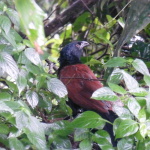
The urban life of Malaysia can be quite engaging. But, for us, it’s the wild Malaysia outside the city border we will miss the most. It takes nearly four hours to reach that ancient rainforest of Taman Negara to the north of KL, a drive progressively back in time. Much closer are the Cameron Highlands, visible from even a low-rise in town, with lots of nature to enjoy. We skipped it since we were told that it’s more of a weekend and touristy area, one where you can feel you brought too much of the city along with you. Canopy bridge aside, we prefer old rainforest.
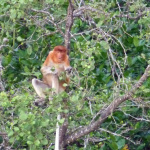
Across the South China Sea on the northern coast of Borneo, we especially enjoyed the places where the sea penetrates – or once penetrated – the land. The wetlands to the north of Kuching are dense with mangroves. It’s not completely wild, as fishers originally from Indonesia live in stilt homes there and make their living off the rich saline waters. Worse, golf courses have grown on some islands where native forest used to be.
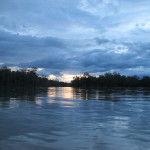
Skip past all this, and the water on the margins of saltwater and fresh is home to the endemic proboscis monkey swinging noisily through the forest to feed on the tenderest of mangrove leaves, as well as estuarine crocodiles, rare blunt-headed Irrawaddy dolphins, and diverse birds. At dusk, tiny fireflies light select mangrove bushes like a Christmas tree.
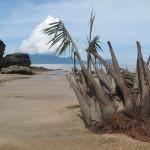
To the northeast of Kuching, Bako National Park features splendid beaches adorned with colorful, scalloped limestone formations. Away from the shore, Bako’s challenging trails push through native forest up and down the ridges of the hills.
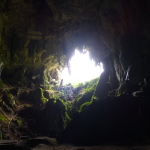
To the south, tumbling above rice fields and flatland, limestone hills show where the ocean had been eons ago. The result is a set of caves slowly evolving from the effects of water seepage, two of which are open to explore including the massive mouth of whimsical Fairy Cave.
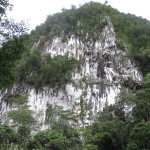
As engaging as these are, Malaysia’s premier system of living and breathing caves meanders for about 180 kilometers underground at Gunung Mulu National Park, a UNESCO World Heritage Site, to the east just below the bite-sized country of Brunei.
Above ground, the park offers extraordinary treks across hills to limestone formations known as the Pinnacles and to the top of other forested mountains. These mounds rise abruptly from the valleys like the mountain-scapes of the Li River in southern China or like the islands pushing out of the waters of Ha Long Bay.
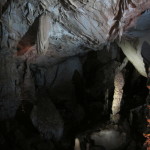
The main rivers and tributaries of Mulu, as well as the fishing lifestyle sustained by them, seem primordial as well, despite the motors powering the villagers’ boats. The shallow waterways flow around and even through sections of the caves. Outside they seem nearly as dark and brooding, as shallow-rooted trees bow and bend in green archways over the water.
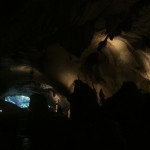
Deep within Mulu’s mountains, the caves are endlessly fascinating: from the giant caverns of Deer Cave to the eye-catching calcite formations of the diminutive Lang Cave, from the scalloped riverbanks within Clearwater Cave to the narrow wind-squeezed access to regal King’s Chamber in the Wind Cave.
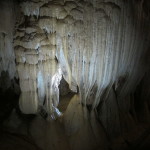
Beyond these public parts, visitors can go further to the “adventuring” areas. Some of those passageways can take 8 to10 hours to maneuver, including some wading and paddling to get thru. And just beyond Deer Cave nestles paradise, a lovely section of woods grown over a long ago collapse of the cave roof. Someone dubbed it the Garden of Eden.

Deer Cave moreover is home to millions of bats, who hang from the cave walls in the dark, always unlit part of the cave. From their perches, they thickly coat the floor with guano, fostering all sorts of insect life below. At dusk, they find their own paradise beyond the cave mouth, flying outward in sinuous battalions to feast on mosquitoes and other flying insects.
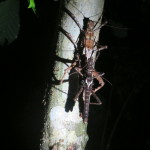
After watching one rainy night’s flight of the bats, we walked home past wheezing tree frogs and giant stick insects slowly mating – Malaysia, wild even in the dark.
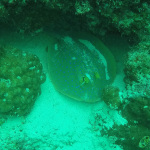
A bit farther east, the wild is not in the depths of the earth, but in the depths of the ocean. Within the Celebes Sea, small islands offer astounding reefs for divers and snorkelers to explore, most notably the protected island of Sipadan. There, as well as at Mabul and Kapalai islands, we explored the ocean down to 85 feet or so.
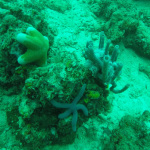
All around us appeared reef sharks, spotty puffer fish, green and hawkshead turtles, spotted rays, starfish, nudibranch, eel, cuttlefish, butt-ugly bumphead parrotfish, and a rainbow’s collection of tropical fish.
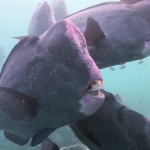
Together with them we floated above myriad forms and colors of coral, somewhat like floating above the rainforest canopy at Taman Negara.
Huge schools of fish passed by forming tornado shapes and elongated ribbons of gold or silver. (See video below)
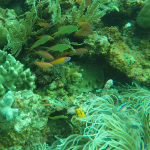
We felt it in the bowels of the earth when we traipsed through the bat-filled caves. We felt it in the ocean depths, riding the currents along the reefs. We felt it in the heavens along the canopy walkway above the treetops. We felt it in primordial Eden, even when it rained. To us, wild Malaysia was paradise.
(Also, for more pictures from Malaysia, Singapore and Borneo, CLICK HERE to view the slideshow at the end of the Malaysia/Singapore itinerary page.)


